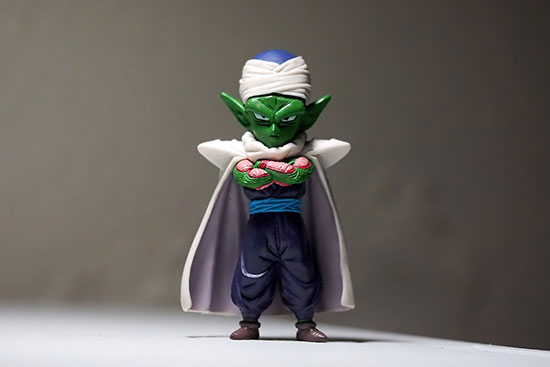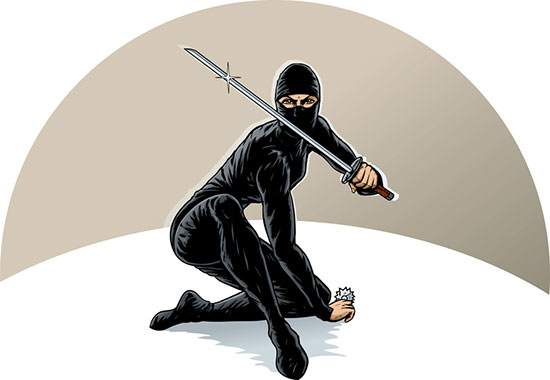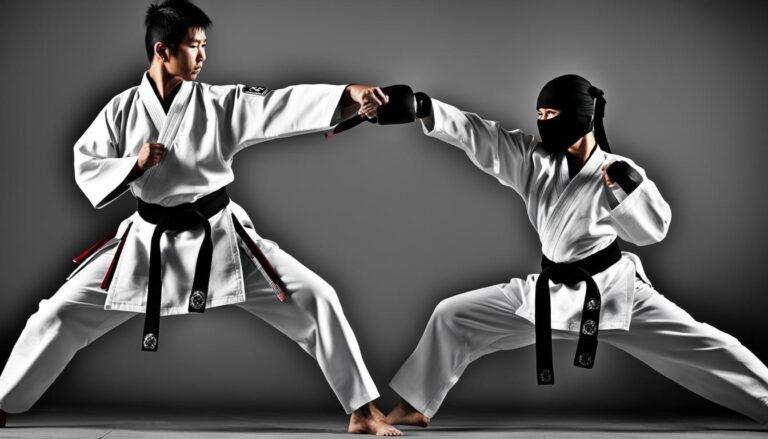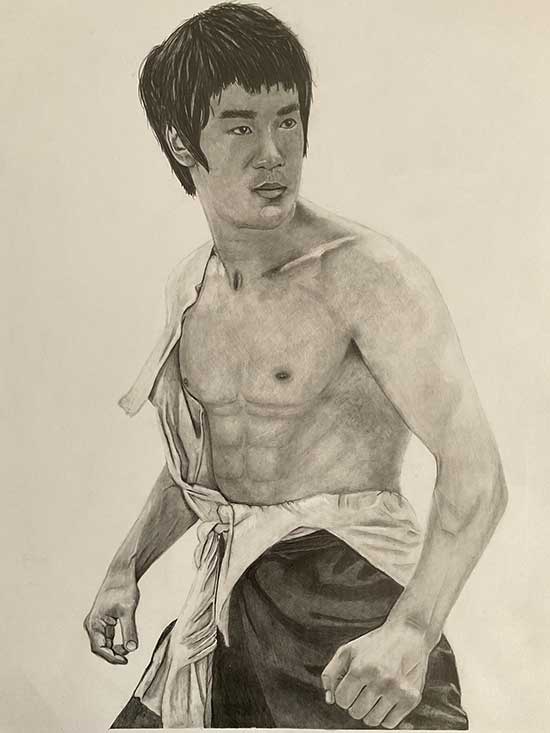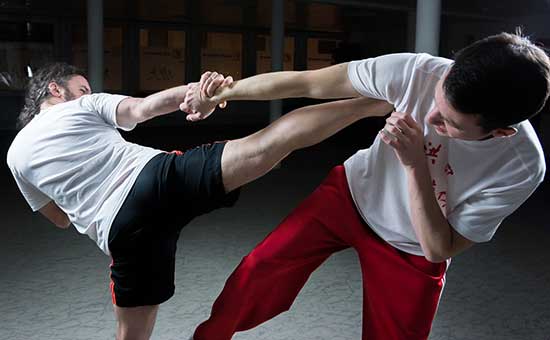Traditional Japanese swords are often divided into two distinct types: katana and wakizashi. While they bear similarities, there are also many differences in their history and design.
If you’re curious about the difference between these two blades, continue reading to learn just what sets each of them apart!
Contents
Main difference between a katana vs. wakizashi?
Historical Difference
Before we dive into the differences between these two swords, you should know that historically and technically, they were very different.
In fact, in Japan, the katana has been referred to as a “samurai sword,” whereas the wakizashi was referred to as a “samurai companion sword.”
These may seem like minor distinctions, but they illustrate how different these blades are.
It is also important to understand the historical context of these two blades. To begin, katana and wakizashi originated separately but are now often confused with each other.
They came into being during the Edo period (1605-1868) when Japan was under the rule of the Tokugawa shogunate (also known as the “Edo bakufu,” a term that could easily apply to the modern-day Japanese government).
During this time, the samurai class was present in Japan. The samurai were nobles and warriors with a reputation for discipline, honor, and skill with the sword. These legendary warriors would have worn both katana and wakizashi.
In fact, people in Japan during the Edo period thought of the katana and wakizashi as two separate swords.
Katana is a single-edged blade, whereas wakizashi is a double-edged blade wielded alongside the katana.
Differences in Design
While there are similarities between the katana and wakizashi, there are also many differences. These blades have different lengths, for example.
The wakizashi was never intended to be worn as a long sword like a katana, so it was made shorter. The average length of a wakizashi is 18 inches, while the average length of a katana is between 30 and 40 inches.
The appearance of the blades is also different. For instance, if you look at the blade of a katana and a wakizashi side by side, you will notice that the blades are made differently.
The edge of a wakizashi is usually less curved than the katana. This shape lends itself to cutting more easily and is more suited for aggressive fighting styles.
Conversely, the edge of the katana is more curved, making it easier to draw and cut in one stroke.
Finally, you will find that the hilts of a katana and wakizashi are different too. Despite their similar appearances, they were made to be different in function as well.
A katana usually has a long handle that can accommodate two hands grip and a round handguard (called a “tsuba”).
A wakizashi has a shorter handle, accommodating one-hand grip, and an oval or teardrop-shaped handguard (called a “tsuba”).
Similarities
- Despite their differences, the wakizashi and katana share several similarities. First and foremost, the katana and wakizashi were both made for combat. They were used in battle by samurai to slay their opponents.
- Another similarity between these two blades is that they were both made to be used with one hand. When used with a katana and wakizashi in combat, you have to switch between the two weapons frequently.
- Lastly, both of these swords are symbolic of their respective cultures. They are seen as symbols of power and honor — but only the katana is truly a weapon (as opposed to the wakizashi).
What is best to choose?
When looking for a katana or wakizashi for yourself, there are a number of things to consider. That includes the blade length, its purpose, and the type of fighter you are.
Get a katana if you’re looking for something that can be used for long-term combat or self-defense. On the other hand, a wakizashi is worth considering if you want something that can be used for thrusting and cutting or if you mostly want to use the sword for self-defense.
Conclusion
If you enjoy swords in general and want to get into swordsmanship, then a katana is a great choice. You should, however, consider the context of each of the blades in history and their similarities.
If you want something that’s more suited for self-defense, then a wakizashi is worth considering.
